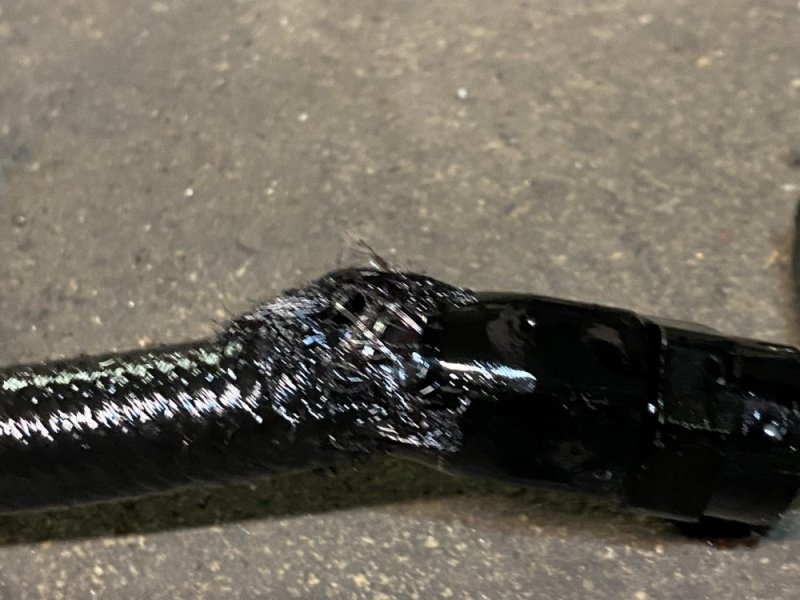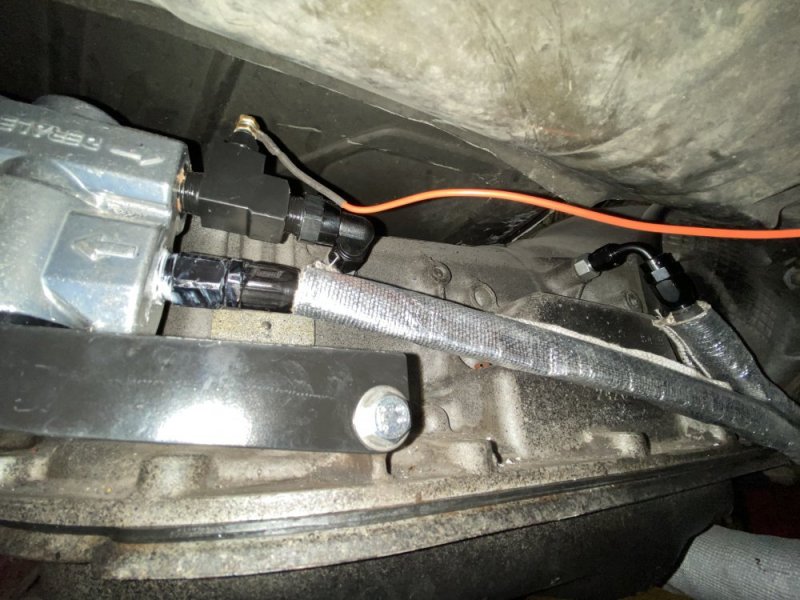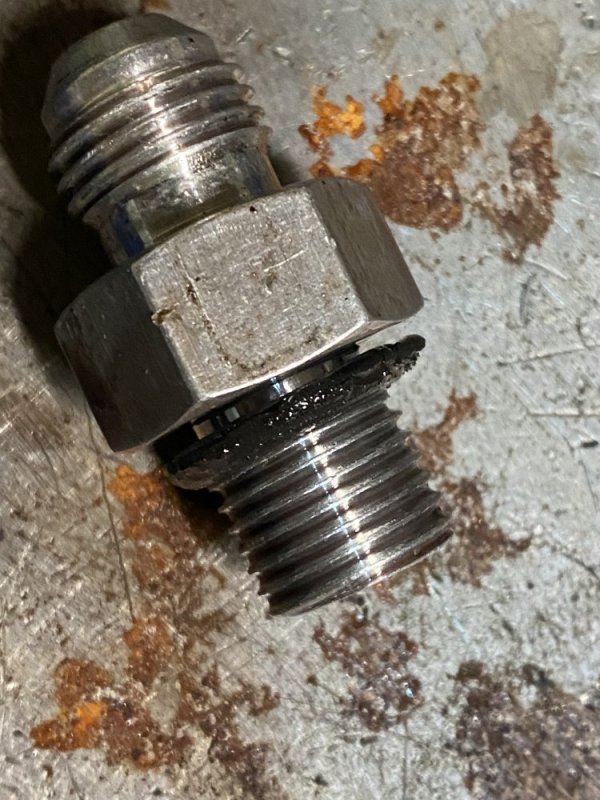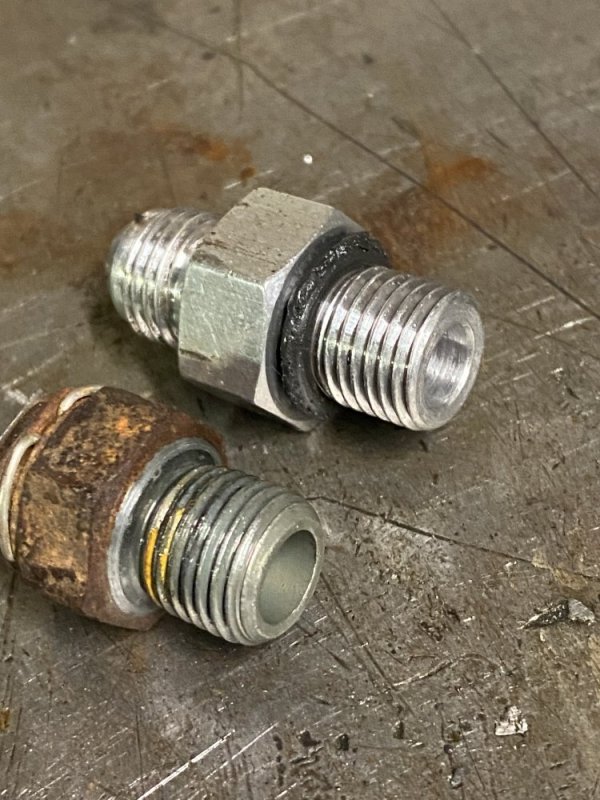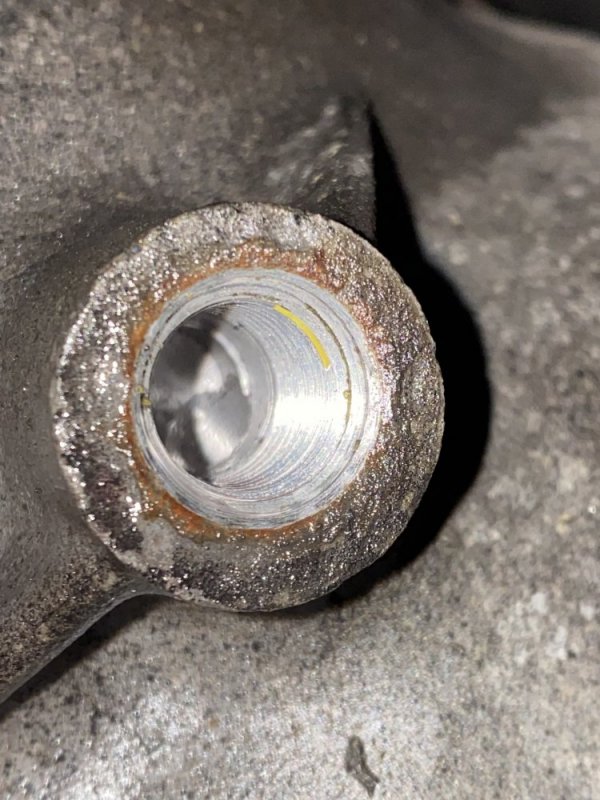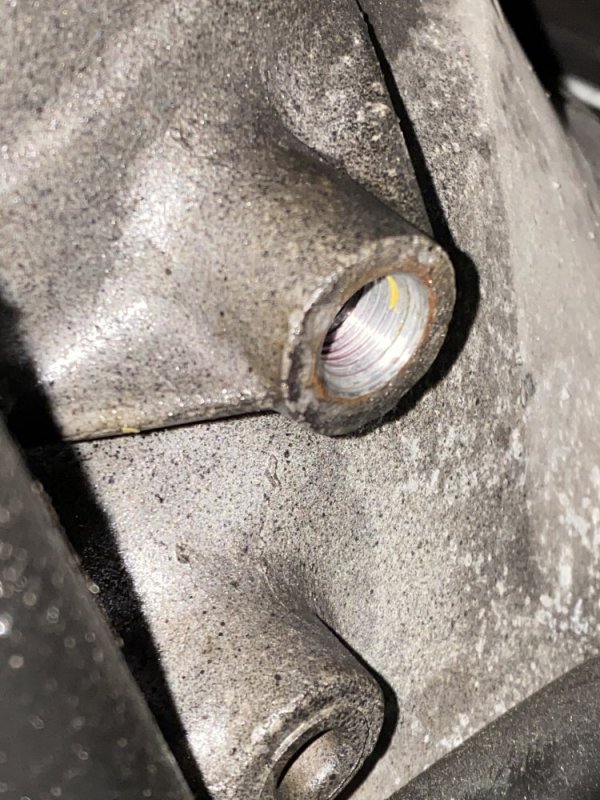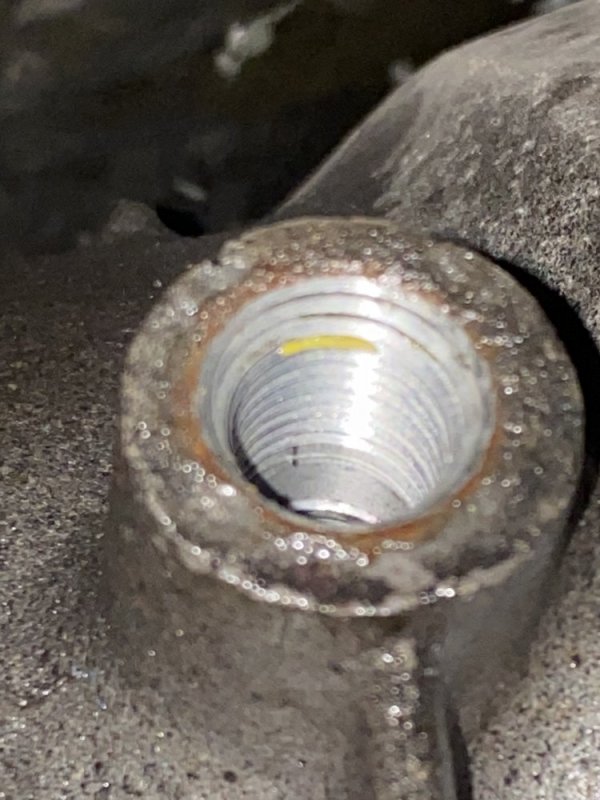n8in8or
I never met a project I didn’t like
There’s a good hydraulics shop near me that I’ve worked with before - they made all the hoses for the skid steer. I know they could make whatever I wanted. It’s tempting to take the braided hoses I made and have them duplicate them in good hydraulic hose with crimped fittings, but I know that won’t be cheap so I’ll probably run some combination of hydraulic and ni-copp to keep costs down.

